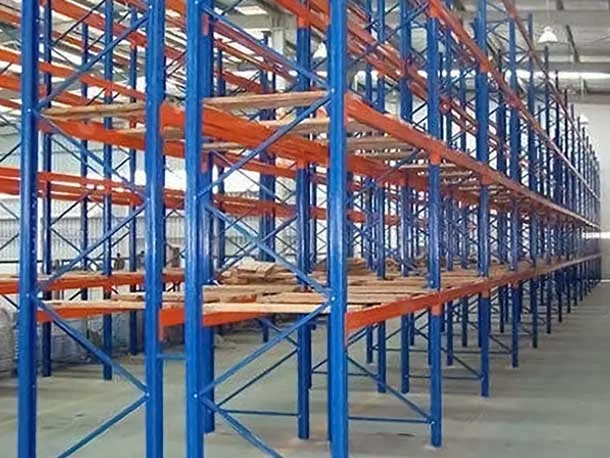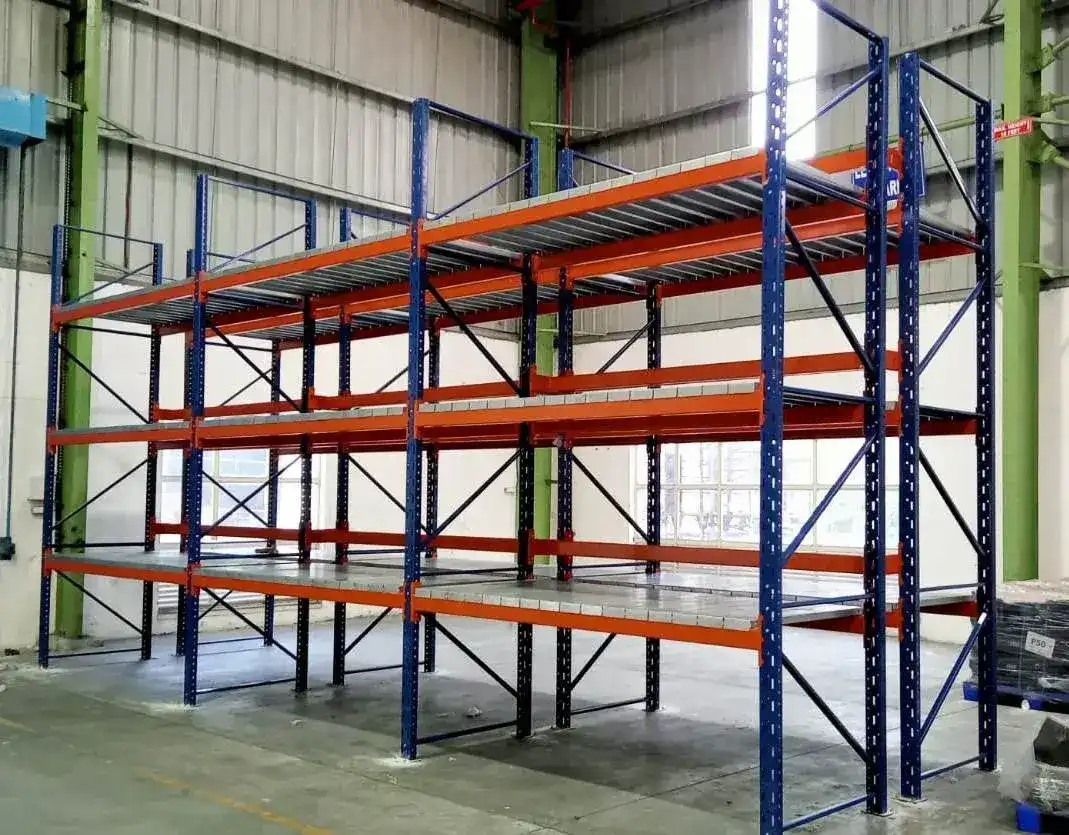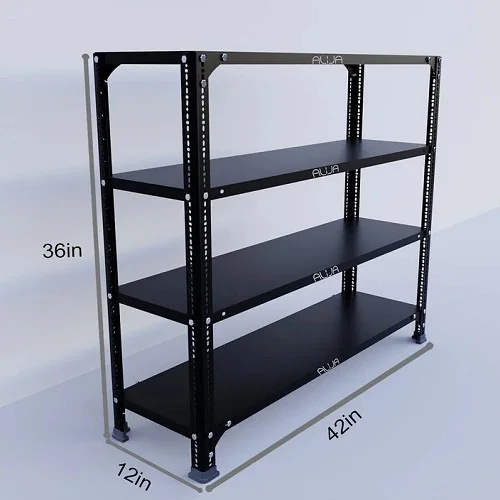Warehouse Storage Racks: Building Reliable Foundations for Your Inventory
In the world of logistics, retail, and manufacturing, a warehouse is more than just a storage space—it is the heart of business operations. Every box, pallet, or product that comes in and goes out must be organized, secure, and easily accessible. At the center of this organized flow are Warehouse Storage Racks, which act as the backbone of efficient inventory management. These racks not only create order but also maximize space utilization, improve worker productivity, and ensure the safety of goods.
Why Warehouse Storage Racks Are Essential
Warehouses today handle vast inventories, often with limited space. Simply stacking goods on the floor is inefficient and unsafe. That’s where storage racks come in. They provide a systematic way to store items vertically and horizontally, ensuring optimal use of every square foot.
By integrating racks into a warehouse setup, businesses can:
- Store more in less space by using vertical height.
- Enhance safety by preventing clutter and improper stacking.
- Improve inventory tracking with organized sections.
- Speed up operations by reducing the time it takes to retrieve items.
In short, warehouse storage racks are not just furniture—they are reliable foundations that help businesses manage their inventory effectively.
Types of Warehouse Storage Racks
Different warehouses have different needs, and storage racks are designed to meet a wide variety of requirements. Some of the most widely used types include:
1. Pallet Racks
The most common type in warehouses, pallet racks allow goods to be stored on pallets and accessed easily with forklifts. They are strong, scalable, and suitable for heavy-duty storage.
2. Slotted Angle Racks
These versatile racks are ideal for light to medium-duty storage. They can be easily assembled and adjusted, making them perfect for warehouses handling a mix of small items and parts.
3. Cantilever Racks
Designed for storing long and bulky materials like rods, pipes, timber, and furniture, cantilever racks provide open-front access without vertical obstructions.
4. Drive-In and Drive-Through Racks
Best for high-density storage, these racks allow forklifts to drive directly into the rack system, optimizing space utilization for large quantities of similar products.
5. Mezzanine Storage Systems
These racks add an extra floor within the warehouse, creating additional storage space without expanding the footprint of the building.
6. Mobile Compactor Racks
Ideal for archives, documents, and light inventory, these racks are mounted on movable trolleys that slide on rails, saving significant floor space.
Benefits of Using Warehouse Storage Racks
The advantages of adopting storage racks go beyond just storing goods. They contribute directly to operational efficiency and cost savings:
- Maximized Space Utilization
- Storage racks transform unused vertical space into valuable storage capacity, making warehouses more efficient without requiring expansion.
- Improved Organization
- With goods neatly arranged on racks, inventory is easier to categorize, track, and retrieve. This reduces delays in operations and minimizes errors.
- Enhanced Safety Standards
- Racks prevent unsafe stacking, protecting goods from damage and reducing workplace accidents.
- Scalability
- Modular designs allow businesses to add more racks or adjust shelving heights as storage needs evolve.
- Increased Productivity
- Workers spend less time searching for items, leading to faster turnaround times and smoother supply chain operations.
- Cost-Effectiveness
- Compared to leasing more warehouse space, investing in racks provides a long-term, budget-friendly storage solution.
Industries That Rely on Warehouse Storage Racks
Warehouse storage racks are not limited to a single industry; they play a role across multiple sectors:
- E-commerce and Retail – Fast-moving goods require organized racks for quick retrieval.
- Manufacturing – Storage of raw materials, tools, and finished goods.
- Pharmaceuticals – Systematic shelving for medicines and medical supplies.
- Automobiles – Heavy-duty racks for spare parts and machinery.
- Food and Beverage – Cold storage racks to manage perishable goods.
- Logistics and Distribution – Efficient inventory flow for bulk shipments.
Choosing the Right Rack System for Your Warehouse
Selecting the right warehouse storage rack requires careful planning. Here are some factors businesses should consider:
- Load Capacity – Evaluate whether you need light-duty, medium-duty, or heavy-duty racks.
- Warehouse Layout – Design the rack system according to available floor space and ceiling height.
- Product Type – The nature of goods (palletized, long, bulky, or small) will determine the rack design.
- Material Quality – Opt for powder-coated steel racks for durability and resistance to corrosion.
- Future Growth – Ensure racks are scalable to support expanding inventory needs.
Building a Reliable Inventory Foundation
A warehouse without a proper racking system is like a library without bookshelves—disorganized, inefficient, and difficult to manage. Warehouse storage racks not only create order but also help build a reliable foundation for inventory management.
With increasing competition in industries like e-commerce, logistics, and manufacturing, businesses can no longer afford inefficiencies. Investing in well-structured racking systems ensures long-term efficiency, safety, and productivity.
Warehouse storage racks are more than just steel structures—they are strategic investments that support the growth and efficiency of a business. By maximizing space, enhancing safety, and ensuring quick accessibility, they form the reliable foundations for your inventory.
For any business aiming to streamline warehouse operations, reduce costs, and improve workflow, adopting the right storage rack system is not optional—it’s essential.


